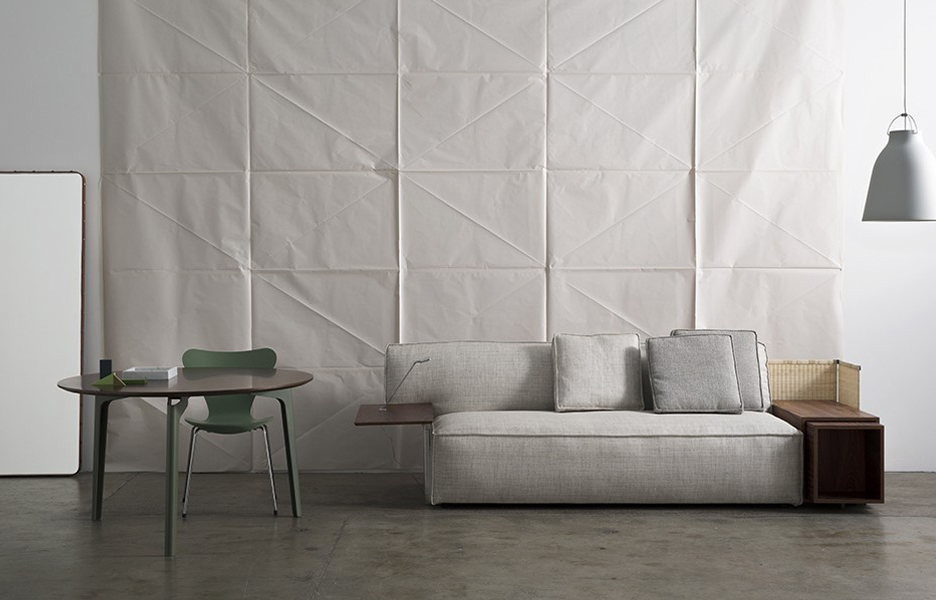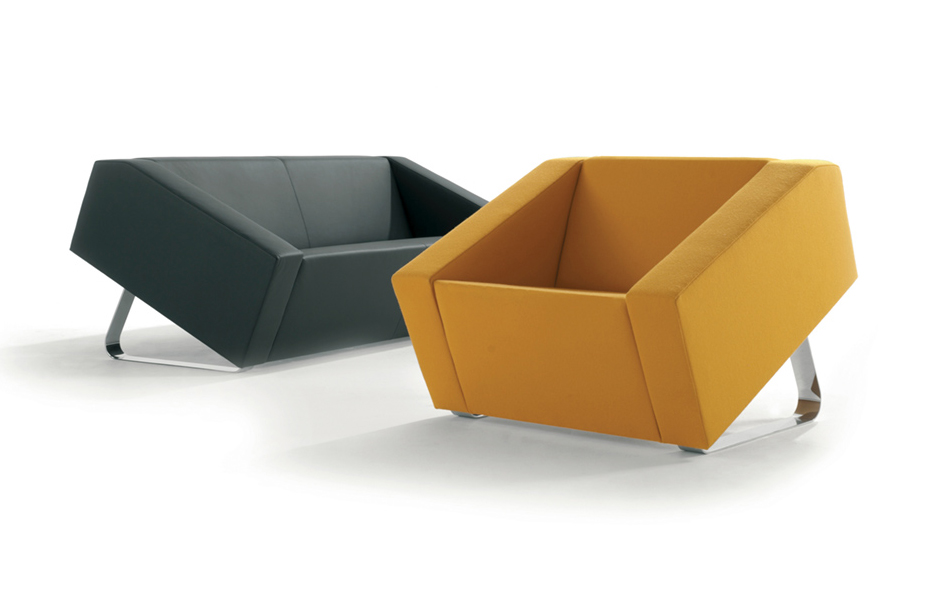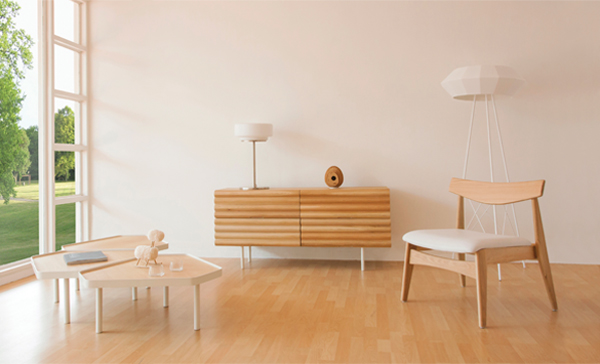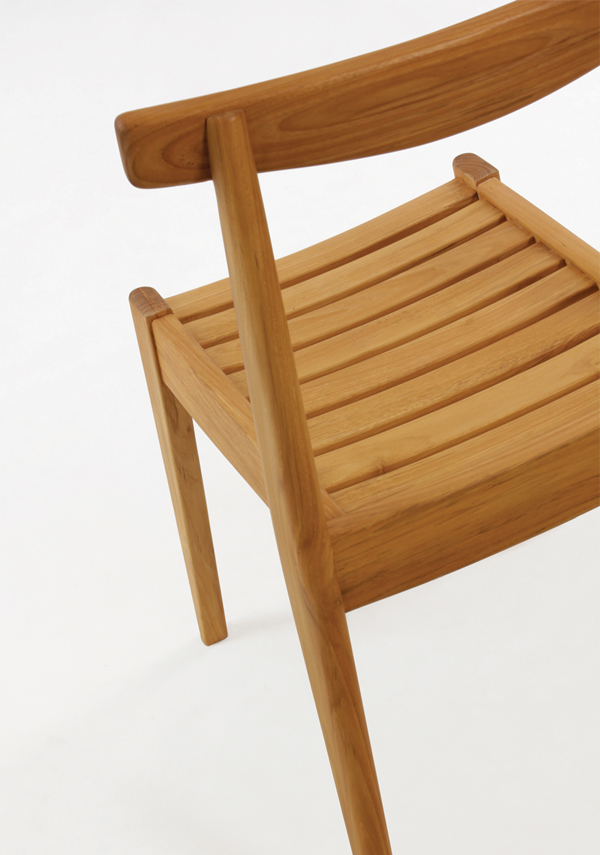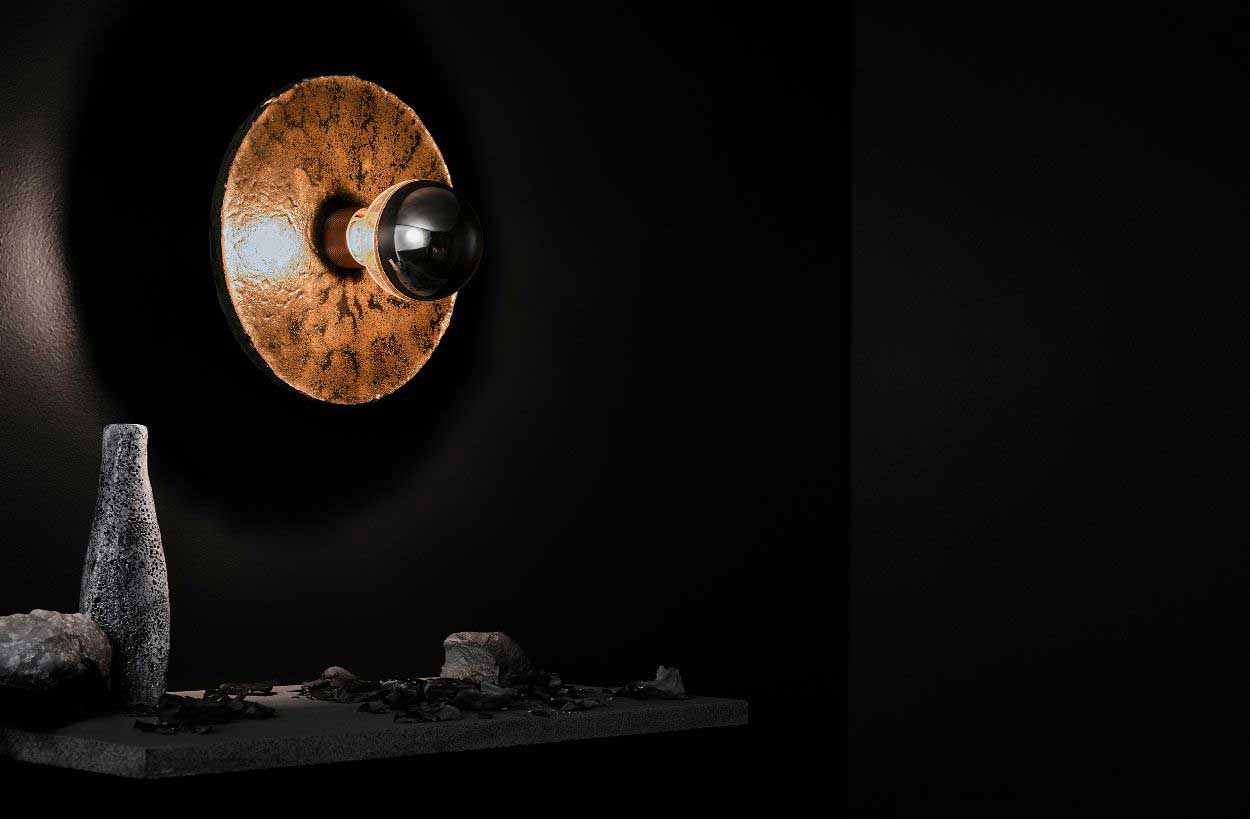
Jarrod Lim and Hinika
Jarrod Lim and Hinika
Share
Text: Gillian Serisier
Photography: Jarrod Lim
Working within a stylised, slightly Asian aesthetic, Jarrod Lim is, as always, pushing the boundaries to absorb and expand his ideas. Working with Indonesian-sourced plantation teak, Lim’s latest range explores form as a vehicle for living that dissembles the conflict between new and comfortable.
This equates to structurally simple timber furniture, where every curve and surface has been adjusted to optimise support without being cushioned. Effectively, Lim is exploiting the organic qualities of timber, including malleability, texture, warmth and cool, to rethink furniture for an increasingly hot southern hemisphere.
Having studied industrial design at RMIT in the late 90s, Lim found his initial industry engagement was not able to satisfy his desire to design. Undeterred, Lim re-enrolled for the furniture design course in 2000 and promptly hit his stride. Winner of the Australian Overseas Foundation Scholarship, which funded a month of travel, Lim went straight to Italy and secured a position with Patricia Urquiola, where he stayed for two years (Lim continues to work with her on a project basis).
London called next with a stint of product development at SCP, making furniture for designers including Jasper Morrison and Tom Dixon. By 2005, Lim was back in Australia teaching for a year at Swinburne, thanks to the serendipity of having met a lecturer on a research tour of Italy.
Singapore beckoned next with an invitation to enter the Singapore Furniture Award, which he won. Introductions to manufacturing companies followed, as did enough work to stay in Singapore, with working trips to Indonesia. A brief visit to Melbourne resulted in another award. This time the coveted FIAA Reginald Muir Overseas Scholarship was on offer. “I was the only one who said I wanted to do the research up through Asia. The scholarship is $20,000 so most people do one big go; they go to Italy or Germany or the US. I thought, ‘I’m going to stretch this so far’. I turned it into months and months of research travel. I came to Singapore for a few months because I could stay with my family. Then I went to Malaysia, Thailand, Indonesia, Japan and all up and down China,” says Lim.
Part of his research entailed visiting the prolific Chinese factories. “I think mine was the most depressing research they had ever seen: ‘This is the China factory I went to last week; it has 5000 employees, all the best equipment, it’s clean, modern and it makes cheap furniture, so what are you going to do?’” For Lim, the answer was to start designing furniture that could be manufactured in Indonesia, where plantation teak was a known entity and the craftsmen have the capacity to produce small runs rather than the high quantities required in China.
The shift to Singapore in 2007, while family supported, was also somewhat surprising. “I was very Australian growing up. Being Asian in Australia is not difficult, but there is a difference. I didn’t think it affected me until I came to live in Singapore, where I started thinking there is a difference and started being a bit more Asian instead of fighting it,” says Lim, by way of explaining the particular aesthetic his work connotes. “It’s not like I’m thinking, ‘I’m going to be Asian now or I’m going to do Asian style.’ It’s just that being around it you can’t not be influenced,” he says.
Lim’s furniture range, under the Hinika brand, has already caught the eye of an impressive array of specifiers. He is not one to rest on a single platform, however, and there is a concurrent European push with products designed by Lim in development with Bonaldo, Sintesi and Hive Designs (curated by Kenneth Cobonpue).
Where Lim is perhaps strongest is in his ability to think beyond the immediate. His decision to explore Asian manufacturing, for example, has allowed him to work with self-learned knowledge, rather than be stymied by given paths. It has also given him first-hand experience of local craftspeople – an aspect that was central to the establishing of Hinika. As such, the work Lim is producing is both informed and realised by his own explorations and feels uniquely genuine for being so.
You Might also Like
